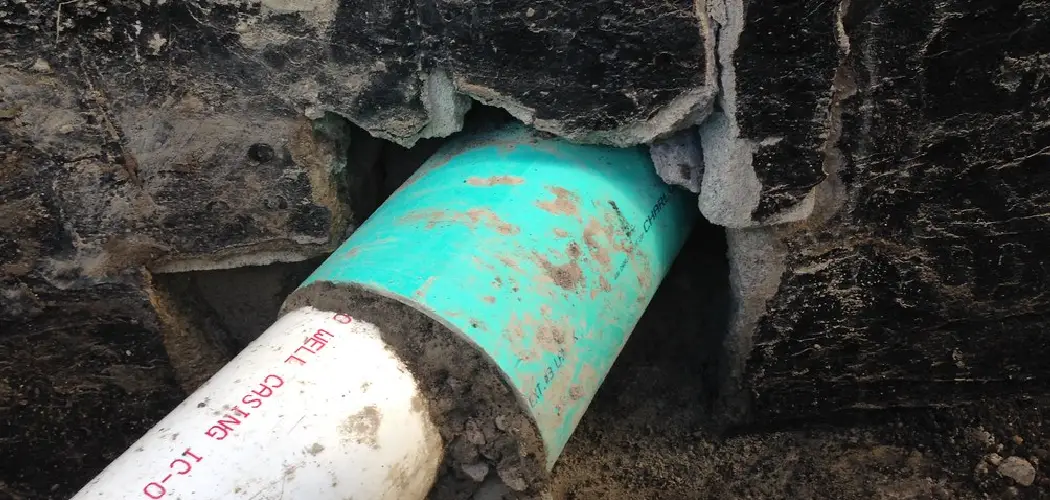There are several reasons why knowing how to find your sewer line in basement is crucial. First and foremost, it allows you to identify any potential issues with your sewer line before they become big problems. Catching a problem early on can save you time, money, and headaches down the road.
The main advantage of finding sewer line in basement is that you can easily locate and fix any problems with your sewer system. This will save you a lot of time, effort and money in the long run. It will also ensure that your home remains safe and free from any potential health hazards. You can find step-by-step instructions on how to find sewer line in basement in this blog article.
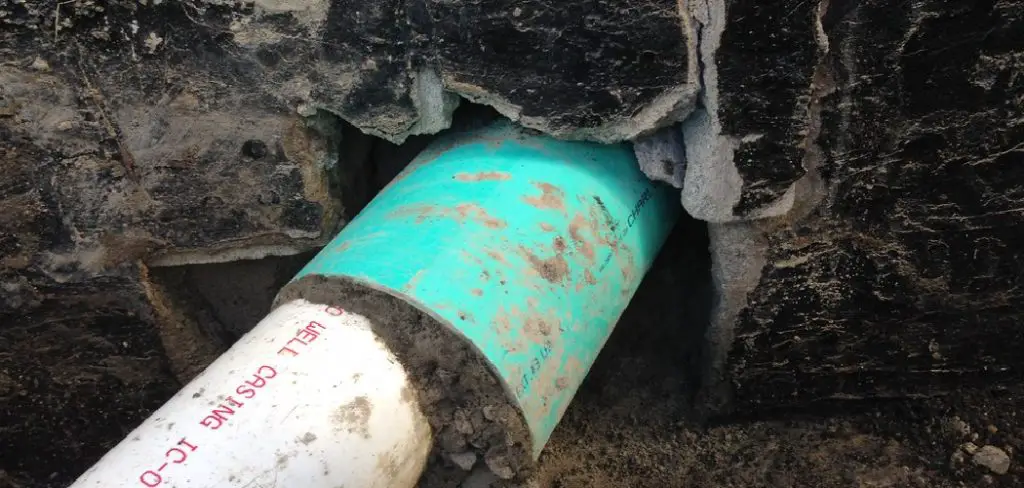
Step by Step Processes for How to Find Sewer Line in Basement
Step 1: Inspect the Basement Walls and Floor
The first step in finding a sewer line in your basement is to inspect the walls and floor. Look for any visible pipes that run along the wall or under the floorboards. You may also see access panels that lead to a main drain beneath your basement.
Step 2: Identify Plumbing Fixtures
Next, find all of the plumbing fixtures in your basement. These can include sinks, toilets, and floor drains. Pipes leading to these fixtures are often connected to the main sewer line. A cleanout is an access point that allows you to reach the sewer line for cleaning or repairs. Look around your basement for a pipe with a removable cap labeled “sewer” or “cleanout.” This is likely your main sewer line.
Step 3: Locate the Sewer Vent Pipe
A vent pipe helps regulate air pressure in your plumbing system and allows it to flow smoothly. The vent pipe is usually connected to the main sewer line, so locate it in your basement to get a better idea of where the sewer line may be.
Using the plumbing fixtures you identified earlier, trace their pipes back to the main sewer line. This can help you determine the general direction of the sewer line.
Step 4: Look for Pipe Slopes
Sewer lines are designed with a slight downward slope to allow gravity to move waste and water out of your home. With this in mind, inspect the pipes and look for any noticeable slope towards a specific direction.
This can be an indicator of where the sewer line is located. If you have a basement with external access points, such as windows or doors, check outside to see if there are any plumbing lines connected to them. These lines usually lead to the main sewer line.
Step 5: Use a Plumbing Snake
If you’re still having trouble locating the sewer line, try using a plumbing snake. Insert it into your cleanout or an access point near where you suspect the sewer line may be located and see if you can feel it hitting the main drain.
If all else fails, consider hiring a professional plumber or sewer line specialist. They have the necessary tools and expertise to accurately locate your sewer line.
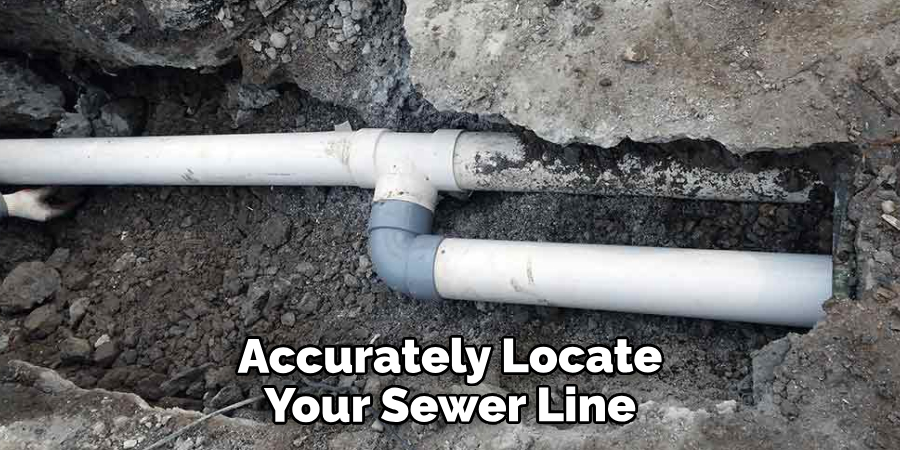
Step 6: Use a Camera Inspection
A camera inspection is another effective method for finding a sewer line in your basement. A small camera is inserted into your plumbing system, allowing you to see where the main sewer line is located.
By following these steps, you should be able to locate your sewer line in the basement. Remember to always use caution and consult a professional if needed. Maintaining a properly functioning sewer line is important for the overall health of your home.
Tips for How to Find Sewer Line in Basement
- Keep the area well ventilated, as you might encounter some unpleasant odors.
- Wear proper protective gear such as gloves and a mask to prevent contact with any hazardous materials.
- Make sure to have a flashlight with you if the basement does not have sufficient lighting.
- If possible, turn off water and electricity supply before starting your search for the sewer line to avoid any accidents.
- Be cautious of any heavy equipment or objects that may be obstructing your view or movement in the basement.
- In case you find any leaks, avoid touching them and immediately call a professional plumber for assistance.
- Lastly, always follow the safety precautions outlined by local authorities and building codes when working on sewer lines.
By keeping these tips in mind, you can ensure a safe and successful search for the sewer line in your basement. Remember, safety should always be your top priority when dealing with any plumbing or household maintenance tasks.
Why is It Important to Know How to Find the Sewer Line in Your Basement?
Knowing how to locate the sewer line in your basement can save you time, money, and potential headaches. It is an essential skill for homeowners as it allows you to identify any issues with your sewer line such as blockages or leaks before they become major problems.
This knowledge also comes in handy during renovations or when planning to install new plumbing fixtures in your basement. Additionally, finding the sewer line can help you avoid damaging it, which could result in costly repairs and disruptions to your household. Therefore, understanding how to locate the sewer line in your basement is a crucial aspect of maintaining your home’s plumbing system.

Signs That You Have a Sewer Line Problem
One essential aspect of maintaining your sewer line is being able to identify signs of potential issues. It’s crucial to be aware of the common signs that indicate you have a sewer line problem in your basement, as catching problems early on can save you both time and money in the long run.
1. Foul Odors
One of the most apparent signs that you have a sewer line issue in your basement is the presence of foul odors. If you start to notice a persistent smell coming from your basement, it could be due to a damaged sewer line that’s leaking sewage gas into your home.
2. Slow Drains
Another common sign of a sewer line problem is slow drains throughout your house, particularly in the basement. This could be due to a clog in the sewer line, preventing proper drainage and causing water to back up into your home.
3. Strange Sounds
If you hear gurgling or bubbling sounds coming from your drains or toilet when you use them, it could be a sign of a sewer line issue. This is caused by air getting trapped in the pipes due to an obstruction or damage in the sewer line.
4. Standing Water
If you notice standing water pooling around your basement floor drain, it could be a sign of a broken sewer line. This is because sewage water is not draining properly and is instead seeping out through the damaged area of the pipe.
5. Mold Growth
A damaged sewer line can also cause excess moisture to accumulate in your basement, leading to mold growth. If you notice a musty smell or see signs of mold, it’s essential to have your sewer line inspected.
By knowing these common signs, you can catch sewer line issues in your basement early and avoid potential plumbing disasters. If you do encounter any of these signs, it’s best to contact a professional plumber for further inspection and repairs.
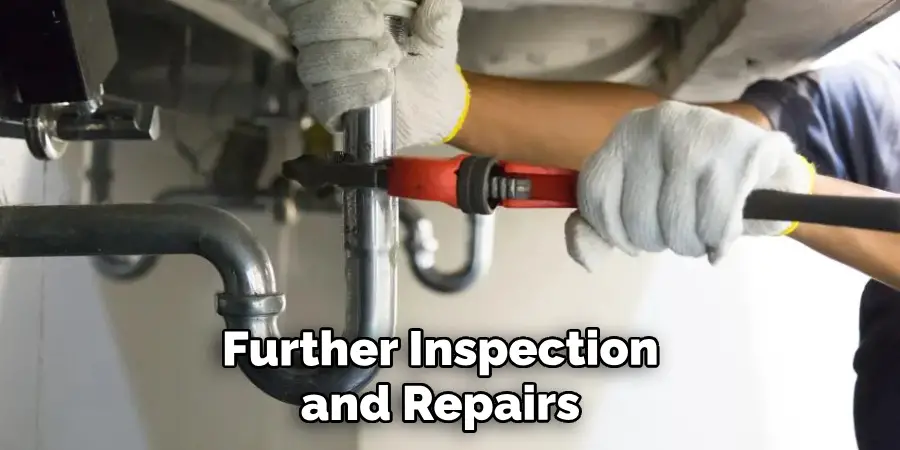
What Are Some Methods for Locating the Sewer Line in Your Basement?
If you suspect that your basement’s sewer line may be damaged or need to locate it for maintenance purposes, there are several methods you can use.
- Follow the Pipes: A straightforward method is to visually follow the pipes from your home’s main plumbing system. In most cases, this will lead you directly to the sewer line in your basement.
- Use a Sewer Line Locator: If you prefer a more accurate and efficient method, you can invest in a sewer line locator tool. This device uses radio signals to track the location of your underground pipes.
- Hire a Professional: If you are unsure or uncomfortable locating the sewer line on your own, it’s best to hire a professional plumber with experience in this area. They will have the necessary tools and expertise to locate your sewer line quickly.
- Check Public Records: In some cases, you may be able to obtain information about your property’s sewer line from public records held by your city or municipality. This could include a map of the sewer system or details on when it was last inspected.
Remember, locating your sewer line in your basement is essential for regular maintenance and addressing any potential issues. By using these methods, you can easily find your sewer line and ensure its proper functioning.
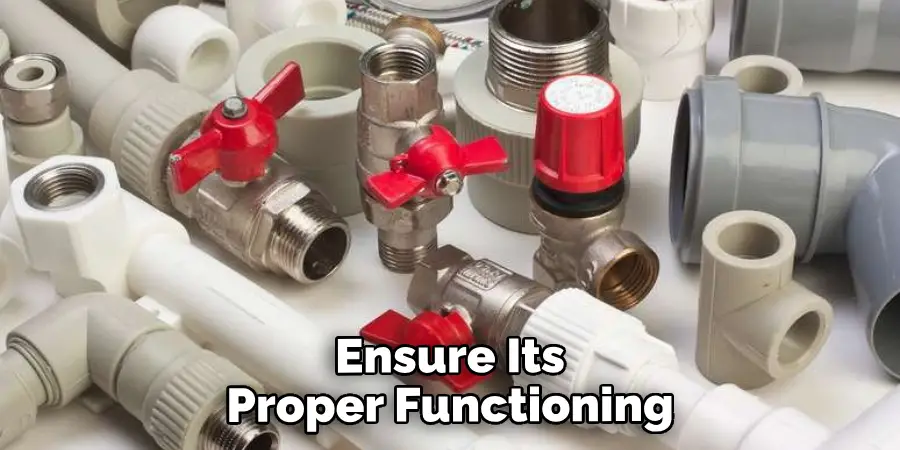
Conclusion
In conclusion, knowing how to find your sewer line in the basement is crucial for keeping your home’s plumbing system in good condition. In this blog, we have discussed various methods that can help you locate your sewer line in the basement.
These methods include looking for exterior cleanouts, tracing pipe routes from toilets and drains, using a sewer camera or smoke test, and consulting with a professional plumber. Each method has its own advantages and limitations, so it is important to choose the one that works best for your specific situation. I hope this article has been beneficial for learning how to find sewer line in basement. Make Sure the precautionary measures are followed chronologically.

